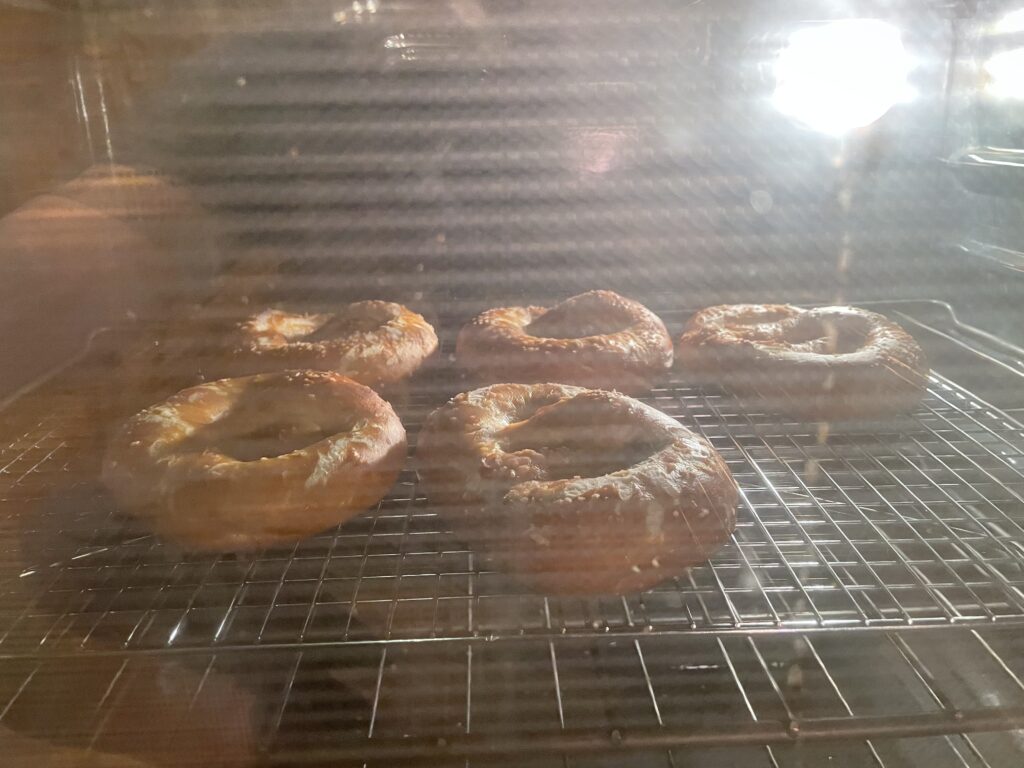I purchased food-grade poison. Technically, alcohol is just this. And also a toxin. Semantics are fun.
But in this case I refer to lye. Sodium hydroxide. I buy this every few years for clearing drains, heavy-duty cleaning, and disposing of bodies (there’s only so much room in my crawlspace).
Chemically speaking, lye denatures collagen, among other things. It also creates a highly exothermic reaction, especially when mixed with boiling water. It’s remarkably effective at liquefying human…stuff. It’s also the active ingredient in commercial drain cleaners. And purchased in its raw form, is cheap. An 8 pound bulk order would set me back about $30, though I had to find a distributor through some shady websites. This last time though, the prices were beyond silly. I know – “supply chains”, “labor shortages”, and “no one wants to work anymore”. But after some more digging, I found a new supplier for a reasonable price: Walmart Online. Go figure.
And it was only after it arrived that I discovered it was food-grade. This is in contrast to the usual technical-grade product I would normally get. The difference being, the latter has impurities that make it unfit for human consumption, which in the past translated to cheaper. But with this not the case anymore, I ended up with food-grade. Again, amusing in that it’s a poison.
But it’s not a poison in the sense that it disrupts metabolic functions. It’s a poison in that in sufficient concentrations it dissolves organic tissue. But properly diluted, its corrosive properties are minimized, and ideally suited to make flour dough brown and soft.
Which is why it’s traditionally been a key ingredient in pretzels. So no time like the present to experiment! After a couple attempts and reviewing numerous recipes, this is the combination I have determined ideal:
Recipe
Preheat oven to 450 degrees F.
Place parchment paper on a cookie sheet.
Slurry
- 1.2 cups water, heated to ~115 degrees F.
- 2 oz melted butter (Note: use quality butter here. I noticed certain budget brands (ahem, Costco) have diluted theirs. This resulted in my first attempted pretzels cracking from the increased internal steam pressure from the added water content. Unfortunately our American food labeling rules allow for some
lyingwiggle room estimation, so even the calorie count isn’t fool-proof. Pay extra and buy name brand. Go European – 82% butterfat content to be safe.) - 1 tablespoon sugar.
- 2.5 teaspoons yeast (I use active dry as my go-to, and this worked fine).
Let yeast proof in the slurry while prepping the dry ingredients.
Dry
- 2 teaspoons salt.
- 22 oz (by weight) all purpose flour (most recipes specify this over bread flour, I think to avoid chewy pretzels).
Combine all ingredients and knead for ~10 minutes. Use your best judgment here. If you can’t figure this part out, then learn some more basic bread-making first.
The Poison
- 4 cups cold water
- 2 tablespoons lye
Proof
- Proof the dough in a covered bowl for at least an hour. Again, this is a judgment call. See prior comment about gaining bread-making experience first.
Separate dough into 6 portions. I like this size. It’s like those big fluffy fair pretzels, except they’ll be softer because we’re using actual lye and not sissy boiled baking soda.
Shape dough. I went with the traditional string cross shape thing.
Dip dough for 10-15 seconds in lye solution. I used nitrile gloves for the added control. Also using gloves allows for some tactile sensory input. The dough will get noticeably gooey real quick. Place on parchment and repeat for each pretzel.
Sprinkle with salt. The salt will stick nicely to the treated dough. I prefer sea salt, but kosher will work. Personal preference here.
Bake for 14 minutes. This is oddly specific but does appear to hit the perfect spot.

And there you have it. It’s somewhat laborious, but they beat out any pretzel I’ve ever purchased. I’m sure street vendors don’t use lye, and no form of chemical stabilizer magic can beat that fresh-from-the-oven texture. So don’t be a goddamn coward, and use some lye!
–Simon
